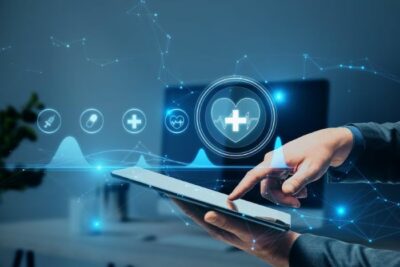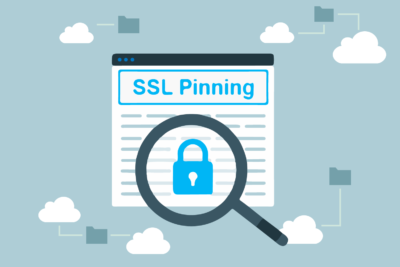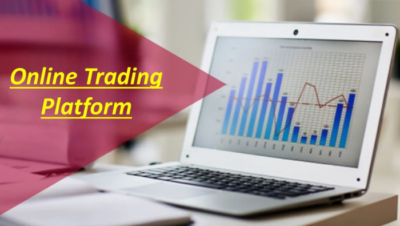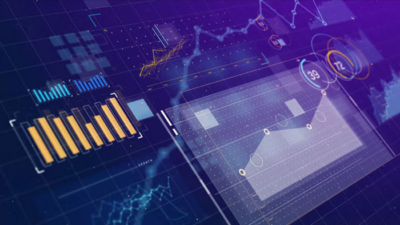Introduction
It is a deep into the profound impact of the Internet of Things (IoT) in healthcare, which needs a deep exploration of how this revolutionary technology reshapes the very fabric of medical care, patient management, and healthcare delivery systems. The integration of IoT in healthcare is not just a mere advancement in tools but a radical reformation in the way healthcare services are conceptualized, delivered, and received. This comprehensive investigation on the multi-faceted implications of IoT on healthcare will provide you with insights into the challenges, benefits, and future directions of this dynamic intersection.
The Historical and Contextual Backdrop of Healthcare
Just so that one will understand the significance in IoT in healthcare, one needs to understand the journey of evolution of healthcare. Historically, healthcare was reactive, concentrating on the treatment of illnesses that happened. With the advent of IoT technology, the paradigm shifted towards preventive care by promoting continuous monitoring and early intervention. This is a critical moment in healthcare evolution since technology puts in the power of a proactive approach to health and wellness.
Patient Care Optimization Using IoT
The immediate and notable impact of IoT is in patient care. Wearable devices and embedded sensors provide continuous monitoring of vital signs, detecting deviations from normal far earlier than traditional methods. This real-time data collection extends beyond hospital settings into everyday life, giving a comprehensive picture of a patient’s health status. Such advancements enable personalized care plans, timely interventions, and a significant reduction in emergency incidents, which fundamentally changes the patient care model from generalized to highly individualized.
Operational Efficiency and Cost Reduction:
With IoT, healthcare experiences a dramatic transformation. A perfect example of automated processing is witnessed in patients’ constant monitoring and monitoring the inventory of care. Smart devices predict the need for maintenance, helping in reducing downtime and extending lifespan, something that directly translates to cost savings. This efficiency led to a financial burden reduction for the provider and patient, hence making high-quality care more available.
Evolution of IoT in Healthcare: Pasting to Present: The advent of IoT has revolutionized healthcare, evolving from simple telehealth services to highly smart healthcare solutions. The progressive nature of technology has been fueled by advancements and a continually prevailing emphasis on patient-centered care.
Key Technological Advancements: Advancements in technology, such as wearable sensors, advanced data analytics, and cloud computing, have been key IoT enablers in the healthcare sector.
IoT in Modern Healthcare:
Enhance Patient Care: IoT device monitoring of patient health enhances the quality of care because of their capability to be used in the continuous and predictive treatment of patients’ health conditions. This first-time initiative towards health is essential for the anticipation of problems, and at times, preventing them.
Minimizing Operations: IoT-enabled cutting-edge healthcare brings out the operational advantages, specifically in management of assets, optimization of patient flow, and minimization of the number of visits to the hospital.
Telehealth Opportunities: IoT extends its footprint in the healthcare sector towards enabling telehealth services to the extent that patients can access care at their homes, which not only avoids the burden on facilities but also boosts patient accessibility to healthcare facilities.
Benefits of IoT in Healthcare:
Improving Patient Outcomes: Real-time monitoring and data-driven decision-making provide significant avenues through which IoT is able to improve the quality and effectiveness of patient care.
Cost Reduction: IoT improves cost efficiency by optimizing resource allocation, minimizing unnecessary hospital visits, and preventing adverse health events.
Enhanced Accessibility: IoT has been instrumental in enabling the regular availability of healthcare services, even to those in remote and unprivileged locations, thus eliminating any gap between patients and providers.
Challenges and Solutions:
Data Security and Privacy: Data security and privacy concerns associated with a vast amount of data generated by IoT devices pose serious challenges. They can be addressed with robust cybersecurity measures and proper data encryption protocols.
Interoperability: With the growing complexity of systems interconnections, it is important to ensure interoperability between different IoT devices and healthcare systems. Standardization of communication protocols and open platforms for integration are two big players in that regard.
Regulatory Compliance: It proves to be a challenge in IoT implementation within healthcare due to such complex regulatory healthcare landscapes. The compliance of healthcare regulations and standards shall have to be ensured for success in its implementation.
The Rise of Remote Healthcare Delivery:
Thanks to IoT, healthcare has been able to span beyond geographical boundaries and reach patients in remote locations. With telehealth services powered by IoT devices, medical consultations, monitoring, and even remote surgeries have become possible. This has been especially important in managing chronic conditions and ensuring a continuum of care during global health crises like the COVID-19 pandemic. With IoT, it enables reduced numbers of physical visits, thus not only making healthcare more accessible but also reducing the strain on healthcare facilities.
Data-Driven Healthcare and Precision Medicine:
The great deluge of data generated by IoT devices represents a treasure trove for healthcare innovation. Through the application of advanced data analytics, physicians may explore the underlying disease patterns and other parameters so that evidence-based medicine may be put into practice. Precision medicine takes into account an individual’s genetic makeup, lifestyle, and environment to make personalized treatment decisions. Such a concept increases the efficacy rate of treatment with fewer side effects, thus improving overall patient outcomes.
Curtailing the Challenges: Privacy, Security, and Interoperability:
Despite its benefits, the integration of IoT in healthcare is not free from challenges. Privacy and security are the two of the major concerns regarding the collection and transmission of sensitive health data. Strong cybersecurity measures and healthcare providers must conduct to keep the patient’s data safe. Besides, lack of interoperability among the diverse platforms used by IoT devices can cause hurdles for seamless integration of data across healthcare systems. These concerns are currently areas of focus regarding addressing technological standardization across IoT devices and bringing about adequate level of cybersecurity protocols.
An Ahead Look at IoT in Healthcare:
As far as the future of IoT in health is concerned, possibilities are boundless. Planned advancements in technologies, including the entry of 5G networks, promise to enhance the capabilities of IoT devices to provide better services, better remote monitoring, and new opportunities for care. Other advancements that will be able to hone predictive analytics have made better preventive care and personalized medicine possible. The future promises potential for their rapid growth in years to come and promises to make it worthwhile.
Conclusion:
Finally, the impact of IoT on healthcare is manifold, advancing significantly the future in patient care, operational efficiency, and patient accessibility. Real-time monitoring of patient health, personalized medicine, and remote care are made possible through IoT technology, transforming healthcare. While challenges remain, especially in the areas of data security and device interoperability, the benefits are greatly there to offset. This journey of IoT in healthcare is a continuous one, so every advancement brings us closer to a future in which healthcare is much better, much cheaper, and much more accessible to everyone. That future is bright, thanks to the power of IoT, which is going to make more of an impression in this constantly evolving era of healthcare.










Comments on " Understanding the Impact of IoT in Healthcare" :